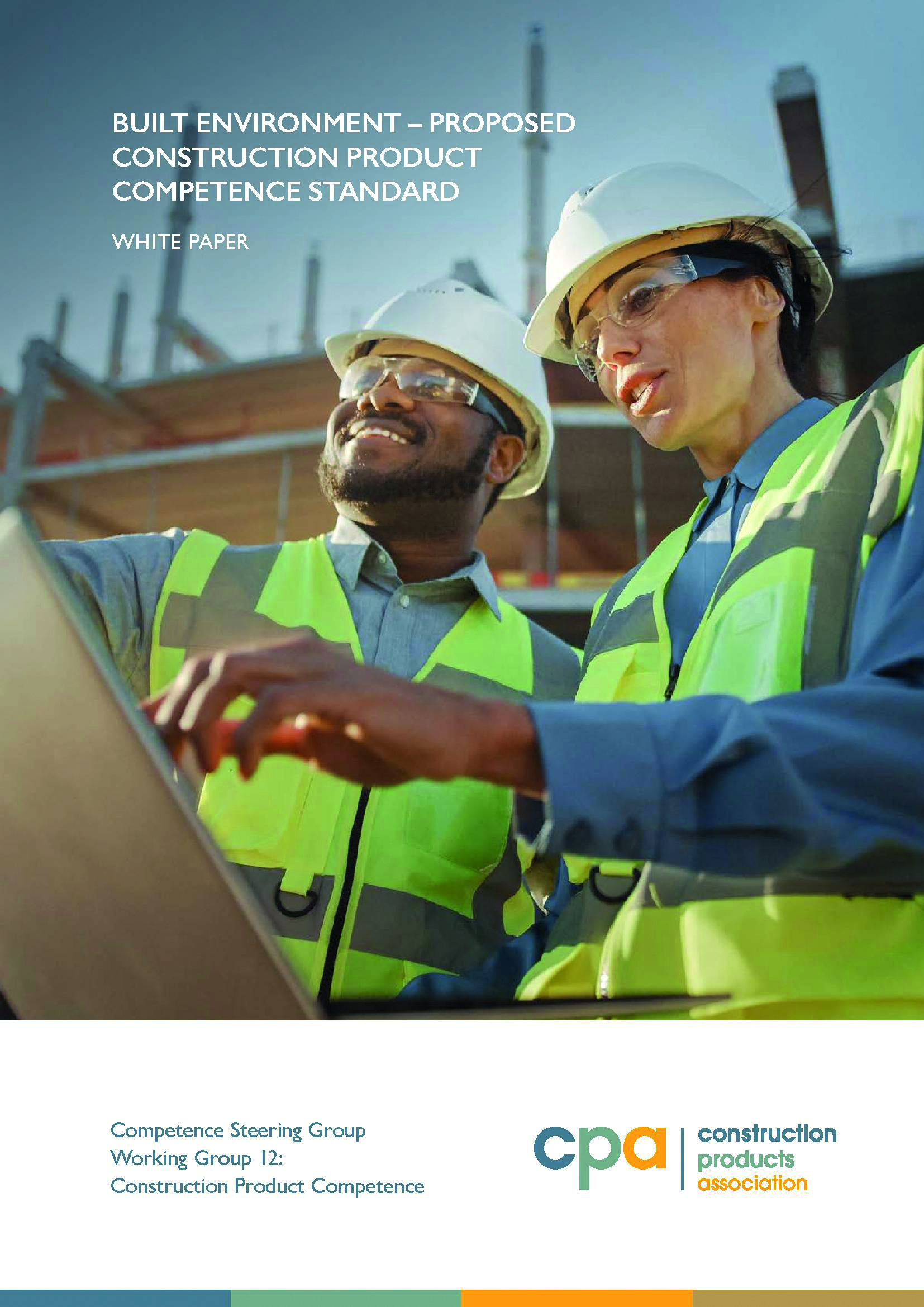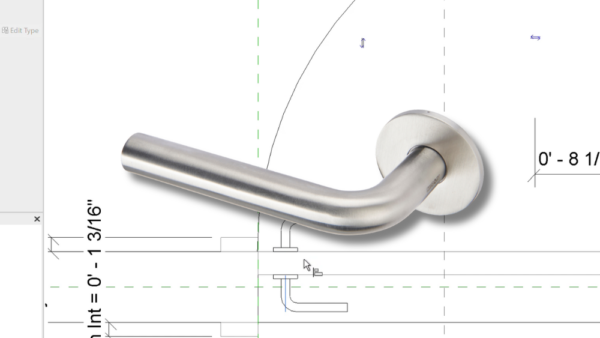
A new white paper has been published that sets out how the entire built environment sector can unite behind a single, agreed standard to determine, demonstrate and recognise construction products competence (CPC).
The white paper – Built environment – Proposed Construction Product Competence Standard – White Paper has been developed by Competence Steering Group (CSG) Working Group 12, led by the Construction Products Association (CPA). The CSG was tasked with responding to the competence issues raised in Dame Judith Hackitt’s report ‘Building a Safer Future’ and the subsequent requirements set out in the Building Safety Act.
All industries of the built environment sector use construction products, but their misuse can lead to dangerous and potentially fatal outcomes. Ensuring those who use construction products are competent is vital to producing buildings and a built environment that is safe, efficient and performs as required. However, there is currently no universal way to demonstrate that an individual has the correct competence for the tasks they are accountable and responsible for.
The white paper confirms that radical change is needed around the area of construction product competence. Individuals who supply, use, or otherwise work with construction products need to be properly assessed and deemed competent to do so. This would include those from manufacturing, specifiers, design, contractors, maintainers, and many others from right across the supply chain.
The proposal is for a new standard comprising five core levels of competence, as well as a methodology that defines how these can be mapped consistently by the different industries to their competence frameworks. This would ensure that everyone applies CPC in the same way and would assist regulators and duty holders in identifying what levels of competence are needed.
The levels outline fundamental knowledge bases applicable to all tasks with all construction products. They are designed to give a clear path of progression through the necessary competences required for different levels of responsibility and accountability. It can be used by industries to map against their existing training and qualifications and create any additional training infrastructure that may be needed.
The white paper also proposes that the standard be added to the existing BSI 8670 series, which specifies requirements for competence frameworks for individuals working in the built environment.
The proposals are being published now to allow everyone in the built environment sector to review and consider how to apply them in their industry. It is for the different industries to recognise the necessity of clear, demonstrable CPC. Once this is recognised, it is for each industry and its organisations to take on the principles proposed in the white paper and test them. It is the aim of CPA, the CSG and WG12 that by the time the proposals go through the formal standards process, industries will have had the time to practically trial them ready for entering feedback via public consultation.

Show your competence
Joe Cilia, technical director at FIS, is deputy chair of WG12 and has been part of the working group for four years. “The biggest turning point is realising that competence isn’t about jobs; it’s about functions. That’s key. This report – for the very first time – allows people to understand the functions that people are doing and to not just put those functions in five levels of competence based on skills, knowledge, experience and behaviour (SKEB) but to also look at the products they are actually touching. That’s why it took us so long, as it’s a complicated matter.
“We now have a metric to allow you to demonstrate competence frameworks for all people in your business whether supplier or contractor. What we need to understand is not whether we are competent but the limits of our competence. We need to know when we are asked to do something if we have the skills. Having a competence framework allows people to develop training plans, pathways through their businesses and how to grow the business.”
What we need to understand is not whether we are competent but the limits of our competence”

Hanna Clarke, digital and policy manager at the CPA and and co-chair of WG12 stresses this importance of knowing your competence limits. “It is vital you understand where you are not competent; for the first time the regulations are not just saying you should be competent they are also saying you must refuse to do work if you are not able to do it. The workforce must not work if they can’t demonstrate their competence. This is huge. And it’s for all buildings.
Hanna adds that a post-Grenfell landscape means not working in silos, in isolation.“Given that the built environment is made up of multiple industries – even just within manufacturing – we should take the opportunity to find any commonality that we can. If we are all using construction products it follows we should all recognise competence of products in the same way.”
The challenge the built environment faces, says Hanna, is to be able to answer the following questions: How do you demonstrate a competent workforce? How do you make sure you are working in a non-silo manner? How do you make sure people are responsible to do their specific tasks?
“The key part of the CPA standard is understanding your competence in relations to your accountability and responsibilities,” she says. “If you are doing this task, what is the comparable levels of competence required: what you can do with products and what you can’t do. What you can’t do is the most fundamental thing we have built in to the levels. Defending what you can’t do is unique.”
For the first time the regulations are not just saying you should be competent, they are also saying you must refuse to do work if you are not able to do it. The workforce must not work if they can’t demonstrate their competence. This is huge.”

Find your level
Douglas Masterson, technical manager of GAI and co-chair of WG12 alongside Hanna, says we are operating in a heavily regulated space now. “This is a different landscape. It’s now about knowing when you’ve reached your limit and knowing who to go to. If you are level D and you’re asked to do something beyond your scope who do you go to? That doesn’t mean that if you are not at level A that you are not competent. It might be that you are at the right level of competence for your role. Not everyone needs to be a level A, as those at this level will be performing a significant senior technical role within an organisation. The GAI has put together a CPC profile for an ironmongery scheduler in the white paper which would sit at level B. There is very specific criteria we have set for competence so you can map it against your function.”
This new landscape means a culture change, says Cilia. “The construction industry does things because it’s always done them that way. And making change is hard. People only change when the risk of staying the same is greater than the risk of change. If people stay the same and do nothing about this, then when they are asked by Tier 1contractors for competence plans and they don’t have the competence and can’t demonstrate it, that will be the tipping point.”
Masterson points to the current GAI ‘prove it’ campaign which encourages those with DipGAI to continue their continuing professional development and achieve RegAI status.
Failure to demonstrate competence will have huge consequences. “The HSE is regulating and we know what kind of regulator it is, so if people aren’t competent it will be all over you like ants,” says Clarke. “And its powers now include fines and prison sentences, that can also be issued retrospectively. It’s a challenging situation.”
So, the million dollar question is: how competent are you and can you prove it?








